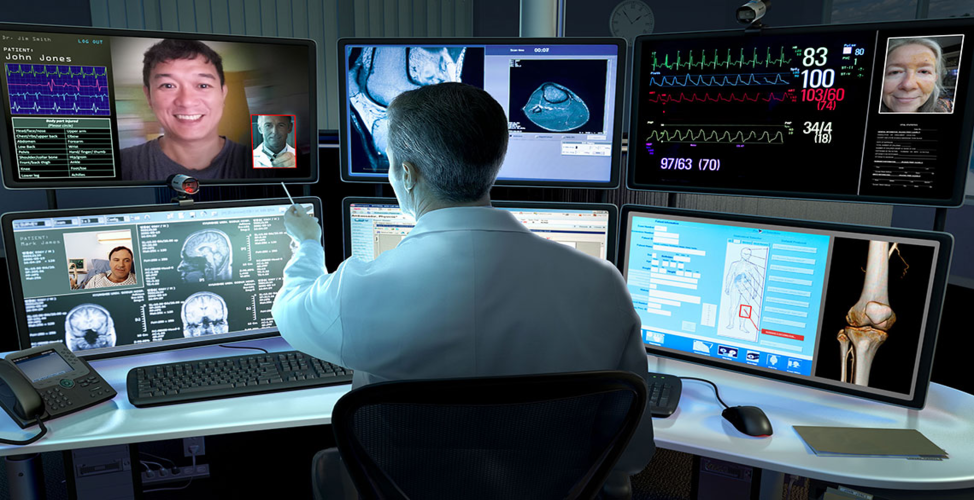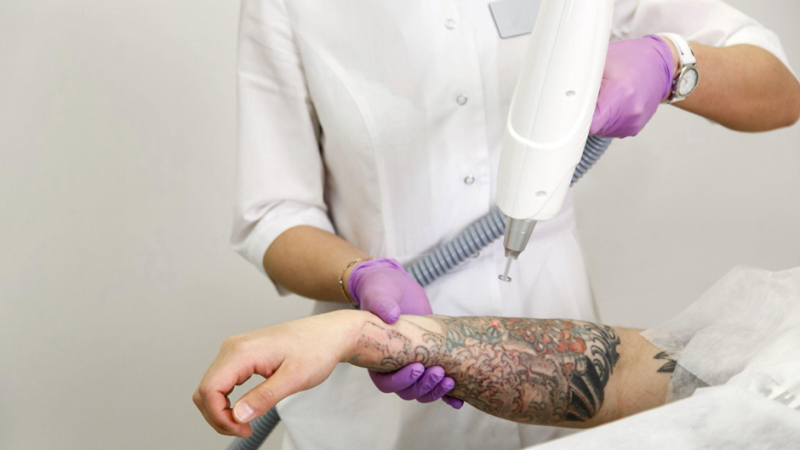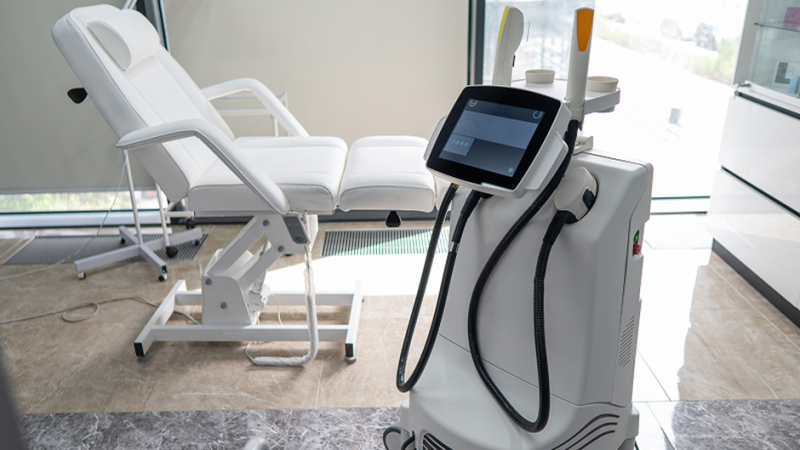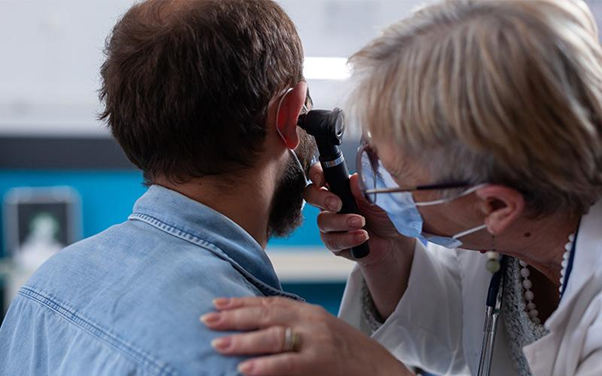Future-Proof Medicine: Dr. Larry Davidson Explores How Telehealth and Technology Shape Specialty Longevity

Medical students today are entering a field that is changing rapidly. Advances in technology, artificial intelligence and telehealth are reshaping how care is delivered and redefining the roles within many specialties. Dr. Larry Davidson, a leader in minimally invasive spine surgery, recognizes that students must consider these trends as they evaluate their options. Future-proofing a career involves not only aligning with current passions but also anticipating how a specialty might develop, adapt and remain relevant in a changing healthcare landscape.
Technology is not replacing physicians, but it is changing how they work. Understanding these shifts helps students select specialties that align with their strengths, values and vision for the future of medicine. It also encourages future physicians to develop skills that complement technology, such as communication, critical thinking and empathy.
How Technology Is Transforming Medicine
The impact of technology on health care is wide-reaching. Artificial intelligence is being used to assist in diagnostics, image interpretation and decision support. Robotics enhances precision in surgery and procedural fields. Telehealth has expanded access to care and changed how physicians interact with patients. Wearable devices and remote monitoring allow for continuous data collection, shifting some aspects of care from in-person visits to virtual management.
These advances affect different specialties in unique ways. Radiology and pathology, for example, are integrating AI tools that support but do not replace expert interpretation. Procedural specialties incorporate robotic platforms to improve outcomes and reduce recovery times. Primary care and psychiatry are leveraging telehealth to reach patients in new and flexible ways. The landscape is dynamic, and specialties that embrace these tools are positioned to thrive.
Choosing a Specialty with an Eye on the Future
When selecting a specialty, students can future-proof their choice by asking key questions. How is technology enhancing or reshaping the field? Are there opportunities to integrate new tools to improve patient care? Does the specialty encourage innovation and adaptability? Fields that develop alongside technology, not in competition with it, are likely to remain both relevant and rewarding.
Future-proofing is not about chasing the newest gadget or trend. Instead, it involves choosing a path that aligns with a student’s interest in continuous learning, collaboration and creative problem-solving. In doing so, students prepare not just to adapt to change, but to shape the future of their chosen field.
The Expanding Role of Telehealth
Telehealth is no longer a fringe element of care but an essential part of modern medicine. Specialties that adapt to telehealth platforms gain flexibility in how, where and when they deliver care. Fields like dermatology, psychiatry, endocrinology, and primary care have embraced telehealth to enhance access and patient convenience.
For students, this means considering how comfortable they are with technology-driven communication and how they can use these platforms to strengthen, rather than dilute, the patient-physician relationship. Telehealth skills can likely be an expected part of practice across many specialties in the years ahead.
Technology and Job Market Trends
Technology influences not only clinical practice but also job availability and demand. Some specialties may see changes in workforce needs as certain tasks become more automated. Others may see growth as technology expands the reach of care or creates new subspecialty niches.
Students can stay informed about job market trends by following specialty organizations, reading workforce reports and speaking with mentors. Choosing a specialty that integrates well with emerging technologies helps ensure career longevity and relevance. Exploring fields that are adapting to new tools, such as telemedicine, artificial intelligence or advanced imaging, can open doors to innovative practice opportunities.
Staying engaged with professional societies also provides access to conferences, webinars and networking events that highlight developing roles within specialties. By keeping a finger on the pulse of the healthcare landscape, students can make informed decisions that align with both personal goals and the future of medicine. This proactive approach helps build a career that is both fulfilling and adaptable to a changing world.
Building Skills That Stay Relevant
Regardless of specialty, certain skills can remain essential in a tech-driven future. These include critical thinking, communication, empathy and the ability to interpret and apply complex data. Physicians can continue to play a central role in guiding patients through health decisions, even as technology supports diagnosis and management.
Students who develop comfort with digital tools, data interpretation and collaborative care models position themselves to lead and innovate within their fields. A growth mindset, one that embraces change and lifelong learning, is one of the best ways to future-proof a career.
How to Explore Tech-Driven Specialties
Students interested in technology’s role in medicine can explore this interest through electives, research and extracurricular activities. Opportunities include working on digital health projects, participating in innovation or informatics interest groups or completing rotations in telehealth-integrated clinics. Attending conferences or webinars focused on medical technology trends helps build understanding and connections.
By gaining exposure to how technology intersects with clinical care, students can make informed choices about specialties and career paths. This early engagement also signals to future mentors and programs a genuine commitment to innovation in healthcare.
Mentorship in the Age of Innovation
Mentors play a key role in helping students understand how technology is shaping specialties. Clinical mentors can share firsthand experience integrating tools like AI, robotics or telehealth into daily practice. Academic mentors can guide students toward scholarly opportunities for medical innovation. Personal mentors can help students balance career goals with values and lifestyle preferences in a changing landscape.
In a healthcare environment, the most impactful mentors are those who can speak about both clinical excellence and technological adaptability. Dr. Larry Davidson points out that mentors who are engaged with technology themselves can provide a particularly valuable perspective for students aiming to future-proof their careers. Their insights can help students navigate emerging trends with clarity, bridging the gap between innovation and practical application.
Balancing Passion with Pragmatism
Choosing a specialty should always reflect personal passion, but it is wise to pair passion with pragmatism. Considering how technology is reshaping a field ensures that career decisions support long-term growth and satisfaction. Students should feel empowered to choose paths that excite them, while remaining open to new tools and approaches that enhance patient care.
Future-proofing a career is not about predicting every development but about building adaptability into professional identity. It means developing the mindset and skills needed to respond effectively to changes in practice, patient needs and healthcare delivery.
Embrace Change, Shape the Future
Medicine can continue to develop, and so can the specialties that define it. By choosing fields that welcome innovation and developing skills that complement technology, students can shape careers that are not only secure but also at the forefront of patient care. The future of medicine belongs to those who are ready to embrace change and lead with purpose.
Preparing for that future means engaging with the forces shaping healthcare and taking an active role in its direction. With curiosity, commitment, and the right support, today’s students can become tomorrow’s leaders, shaping a medical landscape that is dynamic, inclusive and centered on better outcomes for all.







